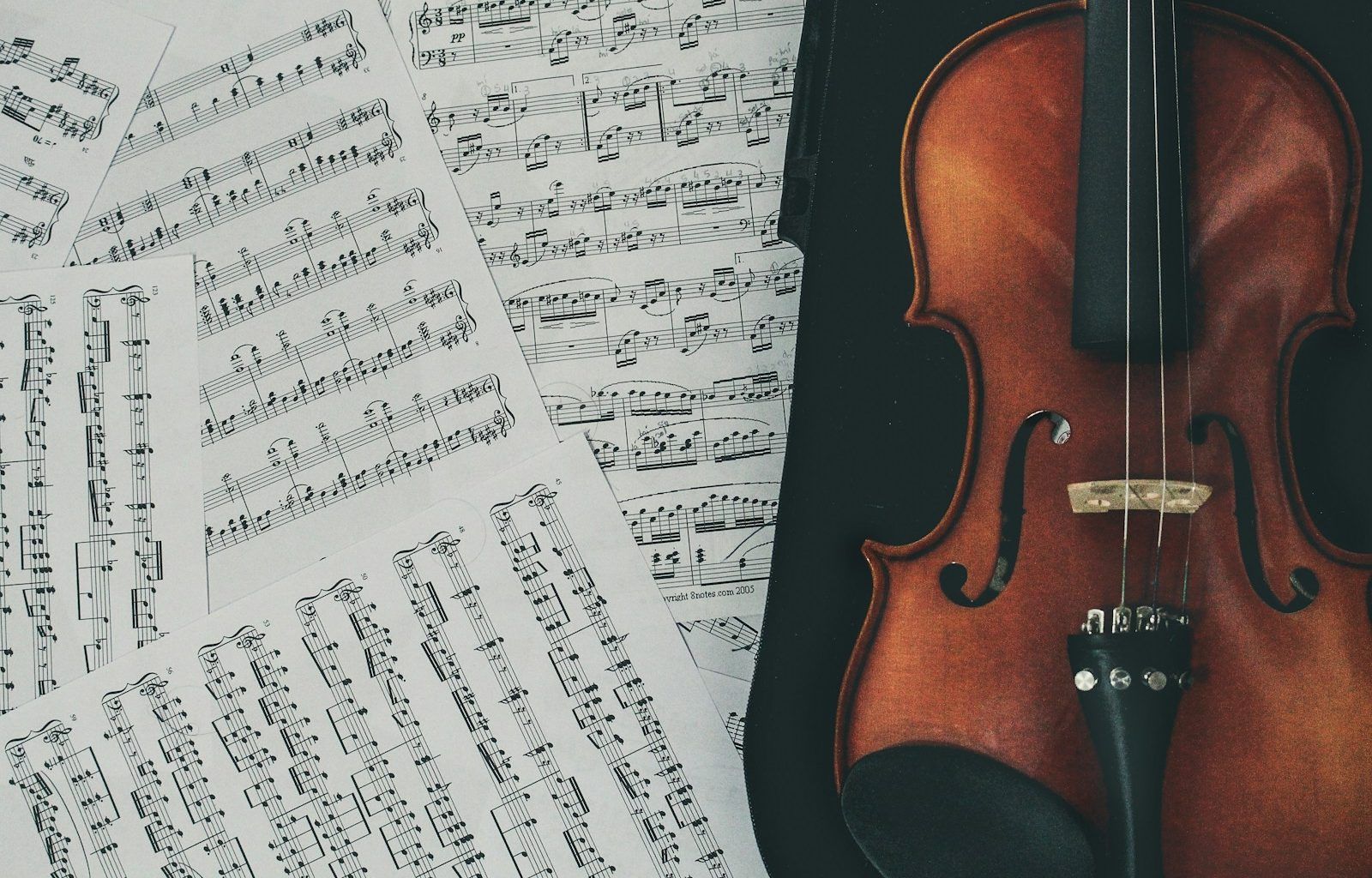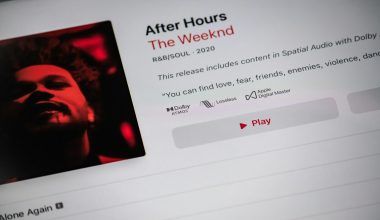Have you ever wondered how artists get their music on platforms like Spotify, Apple Music, or YouTube Music? That’s where music distribution comes in. In simple terms, music distribution is the process of getting your songs from your studio to your listeners’ ears through various online and physical platforms. Whether you’re an independent artist or signed to a label, understanding music distribution is a game-changer for your career.
Why Is Music Distribution Important?
Music distribution bridges the gap between you, the artist, and your audience. Imagine creating a song that you’re proud of but having no way to share it with the world. Distribution solves that problem by making your tracks available on streaming platforms, online stores, and even radio stations. With the right strategy, you can reach millions of listeners globally.
Types of Music Distribution
There are two main types of music distribution:
- Digital Distribution
- Platforms like Spotify, Apple Music, and Tidal are all about digital streaming. These services allow listeners to stream or download your music directly.
- Digital distributors, such as DistroKid, TuneCore, and CD Baby, help independent artists upload their music to these platforms.
- Physical Distribution
- Though not as common as it used to be, physical distribution involves getting your music on CDs or vinyl records. This is still popular among fans who enjoy collecting physical copies of their favorite albums.
How Does Music Distribution Work?
The process might sound complicated, but it’s actually straightforward. Here’s a step-by-step breakdown:
- Create Your Music
- First, record, mix, and master your tracks. Ensure the quality is top-notch—listeners won’t stick around for poorly produced songs.
- Choose a Distributor
- Research and pick a music distributor that fits your needs. Look for one that offers fair pricing and good reach.
- Upload Your Music
- Once you’ve chosen a distributor, upload your tracks, cover art, and metadata (like song title, genre, and artist name).
- Distribution Begins
- The distributor sends your music to platforms like Spotify, Apple Music, Amazon Music, and YouTube Music. Some even handle social media platforms like TikTok and Instagram.
- Monitor Your Performance
- Track your streams, downloads, and royalties. Many distributors provide analytics to help you understand your audience.
Choosing the Right Music Distributor
Not all music distributors are created equal. To make the best choice, consider these factors:
- Cost: Some distributors charge a one-time fee, while others take a percentage of your royalties.
- Reach: Check how many platforms the distributor works with. The more, the better.
- Support: Look for a distributor that offers excellent customer service and promotional tools.
Popular options include:
- DistroKid: Known for its affordable yearly subscription.
- TuneCore: Offers detailed analytics and artist support.
- CD Baby: One of the oldest distributors with great customer service.
- Amuse: A free option with fewer features but still reliable.
Benefits of Digital Music Distribution
Digital distribution has revolutionized the music industry. Here’s why:
- Global Reach
- With platforms available worldwide, you can share your music with fans across the globe.
- Cost-Effective
- Unlike physical distribution, digital platforms don’t require manufacturing or shipping costs.
- Analytics
- Digital distributors provide insights into who’s listening to your music, where they’re from, and what they like.
- Easier Royalty Collection
- Platforms track streams and downloads, ensuring you get paid accurately.
How to Maximize Your Reach Through Music Distribution
Getting your music out there is just the beginning. To truly succeed, you need to maximize your reach:
1. Optimize Your Metadata
- Ensure your song titles, artist name, and album details are accurate. This helps listeners find your music easily.
2. Promote Your Music
- Use social media, email newsletters, and live performances to spread the word about your releases.
3. Collaborate with Playlists
- Submit your tracks to playlist curators. A spot on a popular playlist can skyrocket your streams.
- Platforms like Instagram, TikTok, and YouTube are great for showcasing your music and engaging with fans.
Common Challenges in Music Distribution
Music distribution isn’t without its hurdles. Here are some common challenges and how to overcome them:
- Competition
- The market is saturated. Focus on creating unique, high-quality music to stand out.
- Royalties
- Understanding royalty structures can be confusing. Take time to learn about how platforms calculate payments.
- Promotion
- Simply uploading your music isn’t enough. Invest in marketing to reach your audience.
Final Thoughts on Music Distribution
Music distribution is the bridge that connects your creativity to your audience. With the right distributor, a solid strategy, and consistent effort, you can turn your passion for music into a thriving career. Remember, success doesn’t happen overnight. Keep creating, keep distributing, and keep sharing your music with the world.
For further reading, explore these related articles:
- Why Am I Seeing the Wrong Music on My TikTok Music Page?
- How to Get Your Music on Instagram: A Complete Guide
For additional resources on music marketing and distribution, visit DMT Records Private Limited.






